Growing up and going to school and college in the South, I’m used to instinctively thinking of gravy, biscuits, fried chicken, and “mac’ n cheese” when I hear the term “comfort food.” However, when I think of what I’ve actually considered “comfort food,” throughout my life, one particular item comes to mind: sambar, served with warm basmati rice.
Sambar is a vegetable-based stew that is consumed primarily in South and Central India. The dish is a staple in many homes, but is made differently by families across the world. Vegetables used in the stew vary, but can include carrot, radish, pumpkin, potato, tomato, onions, and okra, among others. Many people eat sambar with rice, while others use it as a sort of dipping sauce for dosa, a crepe eaten through Southern India or ghare, a fried savory snack. My family’s traditional sambar recipe has been passed down from generation to generation, and while each family member that has cooked it has added their own flair to the dish, the basic ingredients have remained similar throughout the years.
When I was growing up and going to school, I felt a major disconnect between the school I attended my family. I never felt comfortable about the foods my family ate at home while attending my very homogenous K-12 prep school. I refused to take any kind of lunch from home, worrying that even if the food wasn’t “Indian,” that there might be some sort of odor of the kitchen in my lunch. That being said, I was the first person to dig into bowls of piping sambar every night and at family gatherings.
This sort of “disconnect” continued until I came to Emory. My first year at the University was my first experience in a truly diverse community. For the first time, I had several other South Asian friends, who shared similar backgrounds and experiences. I felt comfortable talking about foods that I enjoyed, traditions that my family had, and more. One night, when discussing our favorite foods, several friends and I realized that we shared a “love” for sambar. We talked about how differently our families prepared the food, and decided that we could try it ourselves. Almost none of us had any sort of cooking experience, but we head to Patel Brothers, picked up the necessary ingredients, and returned to campus to cook in a communal kitchen.
While cooking the dish, it was so interesting to hear everyone’s feedback. Some insisted that we throw in okra, while others swore against putting too much carrot. Many thought that the thicker the stew, the better, while others preferred a broth-like dish. When we were finished cooking, we realized we had created a less-than optimal dish. However, it was one that was fused together with traditions and ingredients representing several families, cities, and regions in India.
This experience was special to me not only because it served as an opportunity to connect with my friends and culture, but also because it gave me more insight on how food can serve as a common connecting point. In addition, I gained significantly more appreciation for the process of cooking and specifically preparing ingredients.
Analysis Questions
- I chose to imitate “Ping An Mien, a Chinese Family Noodle Story” by Susannah Chen
- I chose this piece because I related well to the themes and broad ideas of cooking passed down through families, first-generation American experiences with food native to their family’s homeland, sharing food with others, and more. I also thought it was very well written and easy to read and understand.
- I learned that the culture of the author was very blended. While she identified as Chinese, she was able to blend her American identity into the way she cooked and served her food. In addition, I saw a similarity in that the author became closer to her culture through cooking and the sharing of her food.
- I realized that my culture is very comparable to others, especially surrounding stories about food. While all cultures have many things that are differents, there are common threads that food brings out. Some common themes included sharing, family, assimilation, immigration, and more.
- There are pieces of both Indian and Chinese cultural DNA and while different, I found many more similarities than differences.

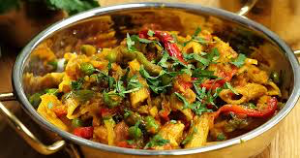
 1. Gujiya
1. Gujiya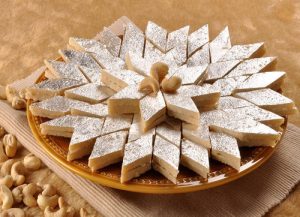 2. Barfi
2. Barfi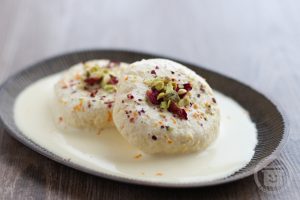 3. Ras Malai
3. Ras Malai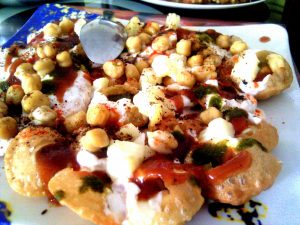 4. Papri Chaat
4. Papri Chaat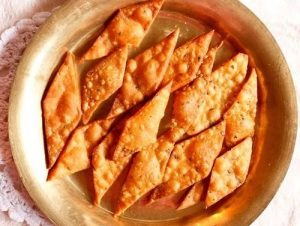 5. Namak Paare
5. Namak Paare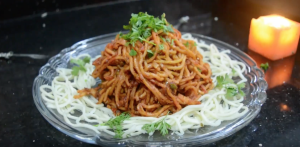 6. Pav-Bhaji Noodles
6. Pav-Bhaji Noodles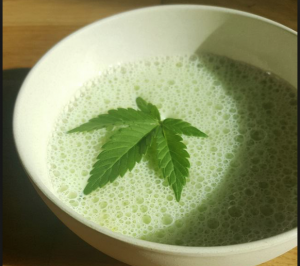 7.Bhaang/Thandai
7.Bhaang/Thandai